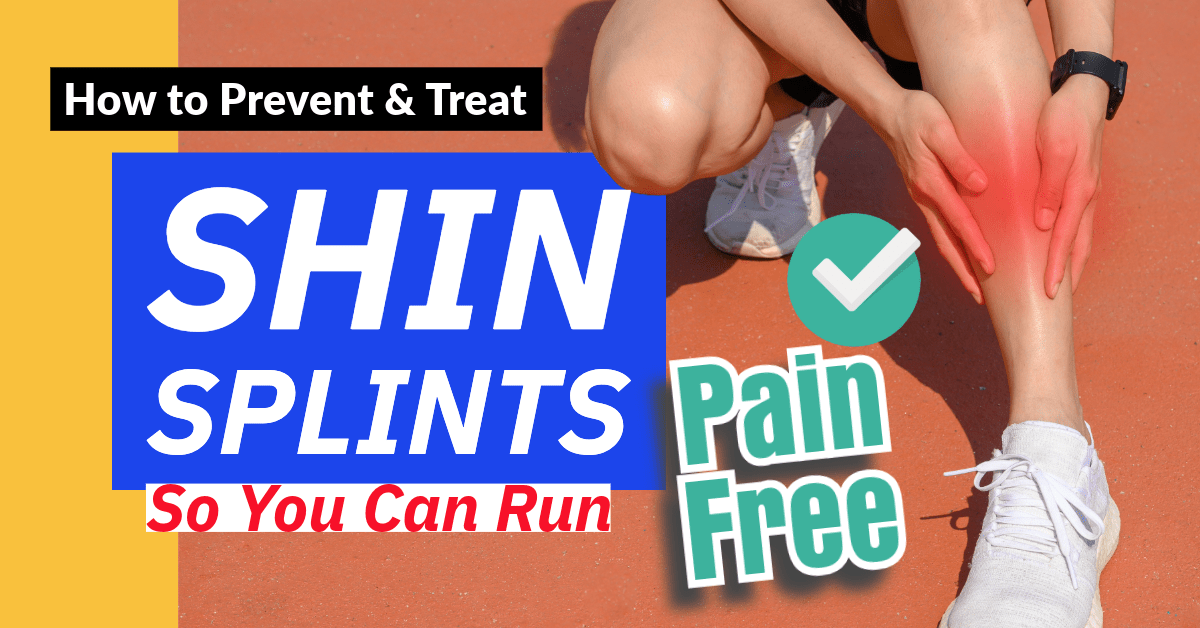
You’ve laced up your running shoes, ready to hit the pavement. But within minutes, that familiar dull ache creeps up your shins. Sound familiar? Shin pain is one of the most frustrating obstacles runners face, but the good news is—it’s preventable and treatable
Shin pain is a common issue amongst runners, ranging from mild discomfort to severe pain that can limit training. Whether you’re a new or experienced runner, understanding the risk factors and solutions of shin pain can help you to stay injury free and continue running.
Why Do Runners Get Shin Pain?
Shin pain, often referred to as shin splints and/or medial tibial stress syndrome (MTSS), occurs due to repetitive stress on the shinbone and surrounding muscles. It commonly presents in runners due to the intensive weight-bearing activity being performed. In fact, recent research demonstrates that shin splint incident rates range between 13.6%-20% in runners.
Common Causes:
- Training errors such as large and sudden increases in mileage load, volume and intensity
- Running on uneven or hard surfaces
- Poor and/or worn out footwear
- Inadequate muscle function and strength
- Diet and nutrition (e.g., high BMI, low vitamin D and calcium and a lack of energy availability).
- Inadequate recovery
- Running gait technique. This may include low step rate, overstriding, or allowing the pelvis to drop.
Understanding these causes is crucial, but how can runners proactively prevent shin pain?
Tips to Help Prevent Shin Pain
- Strengthen and Mobilise
Strengthening and increasing mobility within the lower-extremity, especially in muscles like our gluteals, hamstrings, quadriceps, calves and ankle stabilises will help to absorb impact, improve control and stability, and reduce strain on the shin.
- Gradual Progressions in Training
Stick to the 10% rule. Avoiding increasing your mileage by more than 10% in any given week. Also watch for sudden intensity spikes (e.g., hill sprints or speedwork)
- Optimise Running Form
Maintain a shorter stride and increase step rate (170-180 per minute). Also avoid your knees collapsing inwards and land softly to reduce impact forces on your shins.
- Footwear Check
Replace running shoes every 300-500. It’s also worth considering arch support or insoles if needed or completing a gait analysis to ensure the right shoe type for you. This is something that can be determined by our footscan and/or running assessment combined with the knowledge of one of our therapists.
Recovery Options For Shin Pain:
Things to begin with:
- Focus on rest. There are no specific guidelines on the duration of rest to help resolve symptoms. This depends on each individual (if you are unsure – we can help make this decision for you!).
- Modify activity to reduce mileage and avoid high-impact workouts.
- Ice therapy to reduce any inflammation
- Gentle stretches to relieve tightness in lower-extremity.
Longer-term solutions:
- Strength training for lower legs and hips
- Gradual return to running with pain free progression
- Consult professional help if pain persists for >2 weeks or worsens.
When Might Be A Good Time To Seek Help?
- If pain does not improve with rest
- Feels sharp or localised
- Numbness or swelling
We hope you find these self-help strategies useful, but remember that they might not be enough alone to resolve or manage your symptoms.
Struggling with shin pain and not sure what’s causing it? Book a running assessment with our expert physiotherapists today and take the first step toward pain-free running.
To find out more about how our physiotherapy team can help cure your neck pain fast without painkillers or injections, arrange a free taster session or telephone consultation or head over to our contact page and send us a message to find out more and check availability.
Other Great Resources To Ease Pain
We have several free, downloadable reports to help you relieve Back Pain, Knee Pain and Neck & Shoulder Pain.
We also have fantastic blogs where we share expert advice such as Why You Need A Sports Massage, Tips For Marathon Runners During Taper Week, Pushing Your Limits: Tips For Developing Marathon Fitness, Why You Need Regular Sports Massage When Marathon Training.
Finally, don’t forget to check out our YouTube channel, Facebook page and Instagram page.

